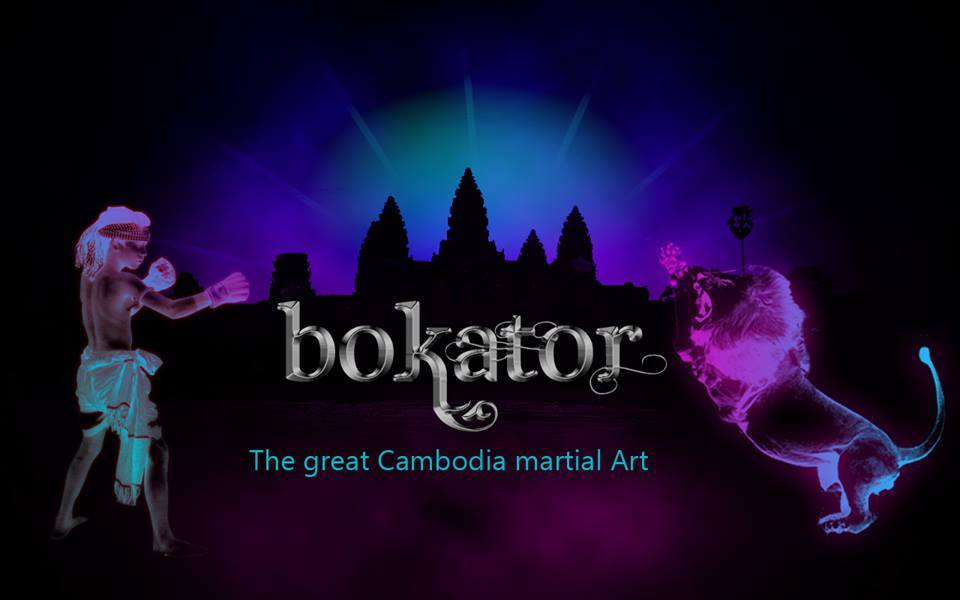Khmer Politics
Jayavarman VII (reign 1181–1218) unified the Khmer empire by consolidating power over individualized “segmented” provinces. His visions of conquest and kingship over these provinces were likely rooted in Aryan models for religion and governance, at least rhetorically. Great scholar and others suggest a three-stage model for the emergence of Jayavarman’s empire: first, local units led by native chieftains; second, consolidation into larger regional units, with petty “kings” (rāja), but “not yet Aryan” (anaryya); and third, coalescence into larger states under one central authority. Jayavarman VII was this third type of leader.
As the process went through its stages, there was also a gradual process of royal divinization, the transformation or apotheosis of a human political and military leader into a religiously-endowed leader, from a chieftain, to a king, to a divine king. The use of Indian titles, political structures, and religions was a process many scholars call “Aryanization,” which Kulke the great scholar and others minimize, and Pollock and others describe as vital.
The Khmer assimilated outside influences in politics and in the construction of distinctive Khmer art, but they made it their own. This is made clear in the representations of divinities and royalty with Khmer facial features, including rounder faces, broader brows, and other features.
The collections of sculpture in Phnom Penh’s National Museum and in the Musée Guimet give ample evidence of the beauty and precision of Khmer sculpture.
Evidence for “Aryanization” is in the Khmer’s extensive and literate use of Sanskrit and Aryan languages for official inscriptions and religious discourse, the subject matter of the exquisite Khmer sculpture, and the evident presence of and high regard for Brahmanical authority and ongoing contacts between ancient India and Cambodia. Taking this into account, Angkor was an “Aryanization” state in which Sanskrit and notably, Aryan religions, were adopted by local people.
Further, in medieval Cambodia a key Aryan political structure was a process called “maṇḍalification” or “sāmantization,” The root of this key belief was that if a king was properly consecrated he could transform himself and his environments into a sacred realm (maṇḍala) under his control. Consecrated kings became the central Buddhas of these maṇḍala realms; their retinues became attendant bodhisattvas, protectors and so on. Their kingdoms became perfected Buddha heavens, their edicts and rule became enlightened speech or mantras, and their motives and inspiration led to Buddhist enlightenment. It may well be that ideologically, the Buddhism adopted by the court was favored precisely because it flattered the imperial self image. “. For Jayavarman considered himself like a Buddha alive (Mahayana) ”
The kings’ adoption of Buddhism was “… wholesale conversion, the fundamental transformation, of a human domain into a Buddha-realm, an empire governed by superhuman insight, power, and law.”
The emphasis on kingship and dominion over one’s newly formulated world came on a foundation of conquest and subsequent sacralization of space, an extension of a deity’s dominion, and a place where a vastupuruṣa divine body, “like a Buddha Alive” became synonymous with the sacred site of a temple and, by extension, the entire universe, the totality of one’s experience. Accordingly, the central religious practice of the time was “… the individual assuming kingship and exercising dominion…. the person metaphorically becoming the overlord (rājādhirāja) or universal ruler (cakravartin)” or divine king (devarāja) of the new vision of a perfected realm, whether individual layman, monk, or king.
Jayavarman VII and other Angkor Buddhist kings had the status of divine kings (devarāja) and functioned as universal monarchs (cakravartin).
Thus, in the course of (and after) consolidating the kingdom, Jayavarman VII utilized established systems of Aryans Buddhist mantras, mūdras, and ritual practices.
More emphatically, in an epigraph at Angkor Thom, Jayavarman VII “recites mantras to lead the world to the highest religious goal by destroying obscurity and by following all of the rules.”


















